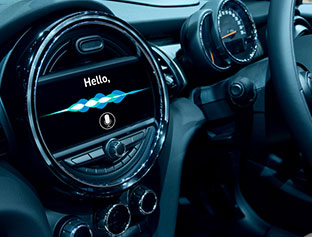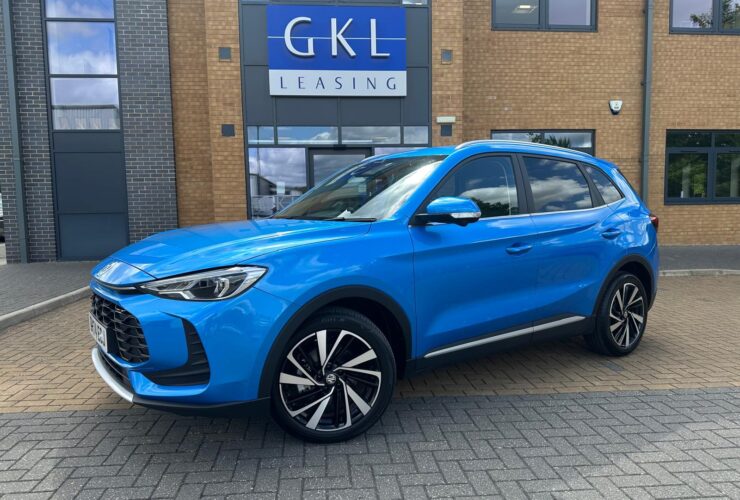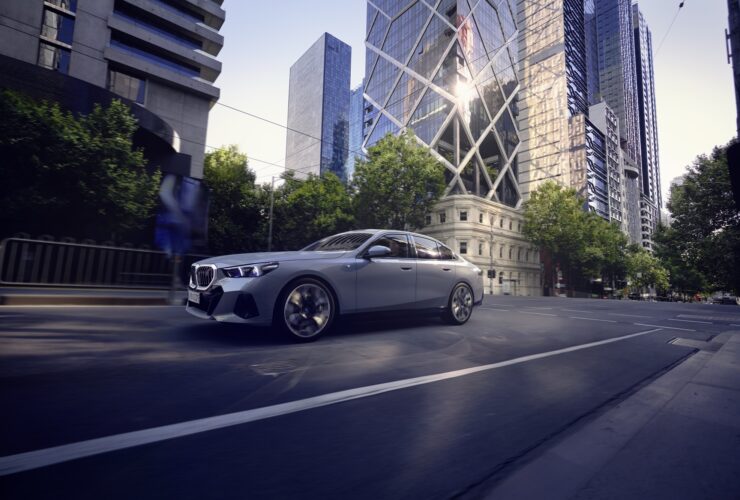For many households across the UK, virtual personal assistants (VPAs) such as Amazon Alexa, Siri and Google Home Assistant are shaping the way we live our daily lives. However, that technology is now shaping the way we drive as well.
Research and predications made by IHS Markit, a global information provider, have said that there will be nearly 700 million of these software platforms embedded in vehicles by 2024.
Using speech as a search interface means that drivers can request the services they need directly, without having to forward plan before their journey.
This technology will shape the way that organisations select their fleet vehicles, since VPAs will help keep a business connected even whilst their employees are off-site.
You might think that this technology already exists, and you would be right. However, it is the way that VPAs are being developed that is so exciting.
Manufacturers such as BMW already have their own version of VPAs (the BMW Intelligent Personal Assistant), which their drivers can use to control various aspects of their vehicle, such as temperature, radio station or communications.
VPAs in the automotive environment
Since Advanced Driver Assistance Systems (ADAS) came into the industry, vehicle manufacturers have been adding new technologies to their vehicles with the hope of creating a more connected, safer and more secure driving experience.
In most modern vehicles, drivers can expect to see voice assistants that help them with vehicle-centric tasks and to respond to events in the car, from the cloud and from the outside environment. These include answering calls, changing radio stations and dictating messages.
However, as these technologies develop further, customers can soon expect to see their preferred home and mobile assistants whilst they are on the road.
The evolving expectations of consumers and the continuous need to be connected means that audio search and digital assistance are key considerations for future models.
But why is this so important for businesses?
Many of the examples mentioned above involve predictive actions and interactions, or focus solely on the internal environment of the vehicle.
However, manufacturers are now seeing how important it is for the automotive assistant to be able to answer any question regarding the vehicle, provide help in seeking support during emergencies or troubleshoot and schedule service whenever needed. They understand that a VPA should also be able to:
- Pre-emptively direct the driver to the nearest petrol station
- In electric vehicles (EV), help the user reduce range anxiety by adjusting controls based on previous driving data and the current road conditions
- Help the driver prioritise their diary and route planning to ensure that they arrive on time
- Be aware of business schedules, needs and suggest the locations (for example restaurants) that the driver can get to on time for their meeting
As the technology develops, businesses are going to have to start considering whether they choose to purchase or lease vehicles with a VPA to help their drivers. With careful selection, they can substantially streamline their operations, as well as helping their drivers stay safer on the roads.
What will the most common options be in the future?
Embedded
As the name suggested, this VPA is embedded, or at least partially stored, in the vehicle itself. This is the most common VPA, with most modern vehicles having this technology as standard.
Information for simple tasks, such as voice-activated phone calls, are stored in the vehicle, whilst more complex tasks such as searching for places of interest take place in the cloud.
Smartphone integration only
This format means that VPA exists within a smartphone integration system. This technology is already on the market, in the form of Apple CarPlay or Android Auto.
The VPA can use the in-vehicle voice recognition software and internal microphones, but also has the ability to work only with the microphone of the smartphone.
Device-to-car communication
Device-to-car VPAs are solutions that are able to send commands from a home device (such as the Amazon Echo) to the vehicle. The functionality of these systems range, but they will typically include a smart home device to send directions or start the vehicle remotely.
It is hard to say just how far this technology will develop, but in the near future, it is possible we will see more vehicles with any of the three VPA types listed above.
However, it is vital that businesses take into account the level of investment needed for a vehicle that has this standard of technology, especially when it first emerges.
One solution to this would be to lease the vehicles. Not only does this help the business and their team utilise the latest technology, but it also provides a more predictable cash flow schedule thanks to the set monthly payments.
In summary, the next few years in the automotive industry are going to be shaped by how fast, and how effectively, the latest VPAs can be integrated into all makes and models. From a consumers’ point of view, this means they will be able to stay connected with friends and family whilst on the road.
For businesses, it means they are going to be able to expand into new markets, showcase their innovation by embracing new technologies and ensure their employees are more productive whilst travelling for business use.
But there’s one important thing to remember, if your business needs help or advice, then there are companies that can do just that. If you would like any more information on what we have mentioned above, do not hesitate to get in touch with our team today.
Our dedicated team of consultants are always available to speak about the latest vehicles you can lease, so give them a call on 01246 572180 or email us here.



